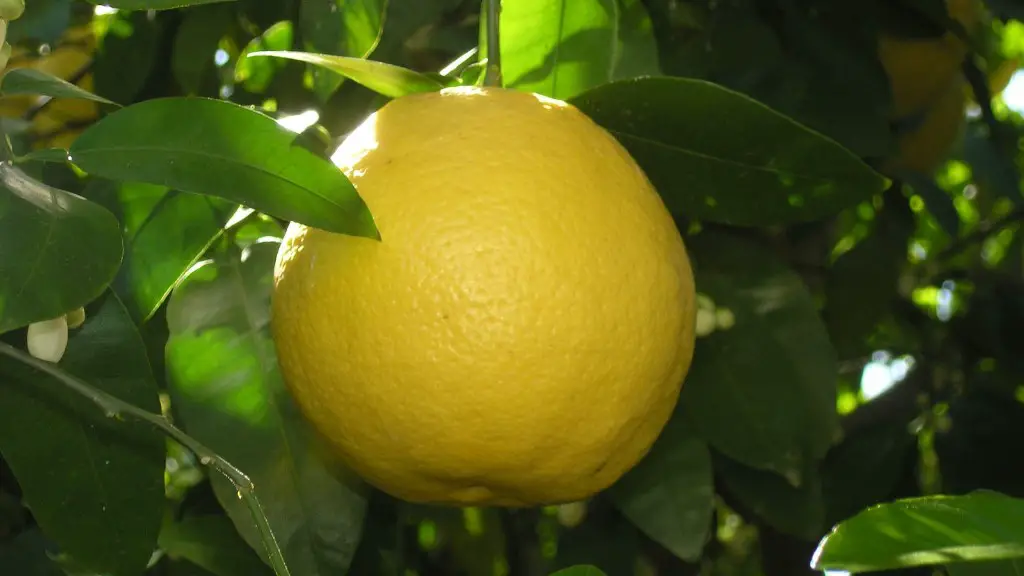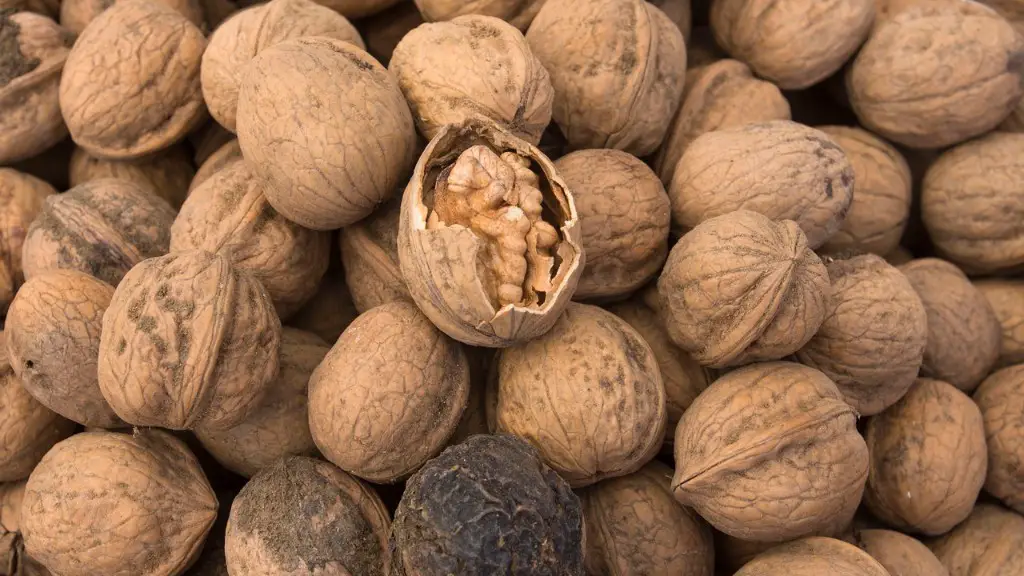Basics of Propping up a Palm Tree
If you have chosen to landscape your yard with a palm tree, it’s important to understand some essential basics about how to prop it up — and when it might be necessary. The type of palm you have and the habitat it needs can make all the difference in terms of prop up requirements.
Although the positioning of your palm tree directly affects its stability, to ensure that it’s safe and secure, you may have to use stakes or leading wires. Particularly if you’ve just planted the palm tree, these items can help it stay in place while its roots properly set. However, when it comes to propping up a mature tree, it’s important to be aware of the potential hazards associated with the practice.
Why Propping Up a Palm Tree is Necessary
When it comes to propping up your palm tree, there are several reasons you might have to consider the practice. Windy conditions, combined with an off-center position, can make your tree unbalanced and at risk of toppling over. Propping up can help to ensure the tree is standing upright and supported in those conditions. Similarly, if one of the fronds has been damaged, propping up the palm tree can help to ensure it maintains an upright position.
If your palm tree is severely damaged, either through illness or environmental factors, propping it up can also reduce stress and help promote healing. A tree in this condition needs extra support to remain upright and catch a breeze, so it can absorb more nutrients for recovery.
Propping up a palm tree can also be essential if the tree is growing in a crooked or off centred direction. It’s important to prop it up to ensure it grows in the correct way and its structure is not compromised. Palms also tend to be light-sensitive, so you must use leading wires or wooden stakes to ensure it grows upright and has more access to sunlight.
Preparing to Prop Up a Palm Tree
Once you’ve ascertained why it’s necessary to prop up the palm tree, you can begin the process of actually taking steps to ensure the tree remains stable and upright. One of the first steps is to decide whether you’ll need adjustable stakes or leading wires. If you’ve chosen the use leading wires, make sure you put them in place before the tree is planted. This is important as once the palm tree is planted, its roots will be too entrenched. You should also ensure you buy the thickest wires you can find so that they can handle wind gusts more efficiently.
It’s also important to use the correct stake material for your palm tree. Steel stakes typically used for other trees may not be the most suitable for palms — as the metal can corrode over time and affect the tree’s health. Instead, it’s best to opt for wooden stakes, as they decay over time and don’t interfere with the tree’s growth. When choosing a stake, make sure it’s at least twice the height of the tree and ensure the wire is not placed too close to the palm tree’s trunk, as this may choke it as it grows.
How to Securely Prop Up a Palm Tree
When it comes to propping up the palm tree, there are a few approaches you can take. One of the best methods is to drive the stakes into the ground at an angle away from the tree — so that when the wire is tied around the tree, the pull is away from the weak side. However, you don’t want the stake to be too close, yet make sure that it’s not too far away from the tree. A rule of thumb is to allow 3 ” – 4” of space between the stake and tree.
Once the stakes are firmly in place, you must then measure the ties on each side of the tree — so you know exactly how much slack you need when you attach the ties. As a guide, you should try to leave one inch of slack in the ties so that the wire doesn’t start cutting into the tree. If you think the ties are too tight, it’s important to loosen them immediately or you risk cutting or girdling the tree trunk.
It’s also important to use adjustable ties so that you can tighten and loosen the wires — depending on the tree’s growth. As the tree grows, you’ll need to adjust the ties more frequently. This will help to ensure the tree remains upright and in its correct position.
What to do After Propping Up a Palm Tree
Once you’ve secured the palm tree in the correct position, you may find that your work isn’t finished yet. Over time, the positioning of the tree can shift — due to soil erosion, heavy wind, or an increase in size — making it necessary to check the tightness of the ties and readjust them as needed.
You should also inspect the tree regularly and look out for signs of rot or decay. This can occur if the ties are too tight and begin to cut into the tree. If left unchecked, the damage caused can have a long-term effect on the tree’s health, so pay attention if you spot any discolouration or rot.
When to Avoid Propping Up
Although propping up a palm tree can be essential for keeping it healthy and stable, it’s important to understand when it’s best avoided. If the tree is in a healthy state and not significantly off balance there’s no need to prop it up. Applying too much wire or pressure to the tree can actually compromise its structure and prevent it from attaining an upright position.
It’s also important to remember that in the early stages, during the first two years of a tree’s life, you must use staked for added support. Any longer term propping up should be avoided as much as possible. Over-propping can actually cause the tree to develop a dependent and short root system, meaning it’s unlikely to survive independently.
Removal of Propping Up
Once you’ve decided that propping up your palm tree is no longer necessary, you can begin the process of removing those supports. You should begin by cutting the wires or ties in a way that won’t damage the tree. Once these have been cut, you can then begin to remove the stakes from the ground — but be careful as uprooting them too quickly will damage the structure of the tree.
It’s also important to remove props gradually — allowing the tree to gain independence over a longer period of time. This will help to ensure that the tree’s ‘dependency’ on the support is not extensive and it can gain stability in its own right.
Conclusion
In conclusion, it’s important to keep in mind the potential risks associated with propping up a palm tree. If it’s necessary, it’s important to make sure that you’re aware of the right materials to use and ensure the supports are checked regularly. Remove these supports as soon as possible — to ensure the tree doesn’t become too reliant on them — and make sure to check for potential signs of rot or decay. Armed with this knowledge, you will be able to guarantee your palm tree’s stability for years to come.


